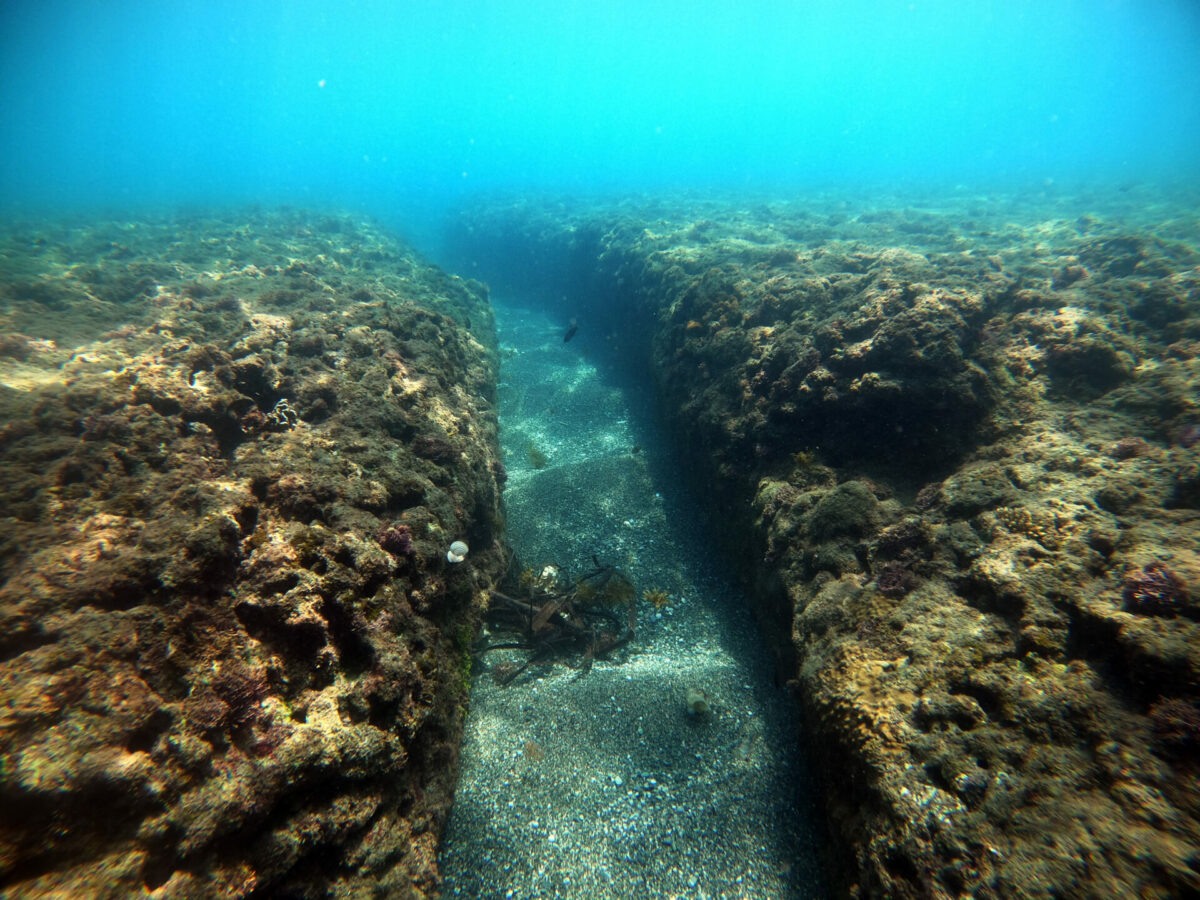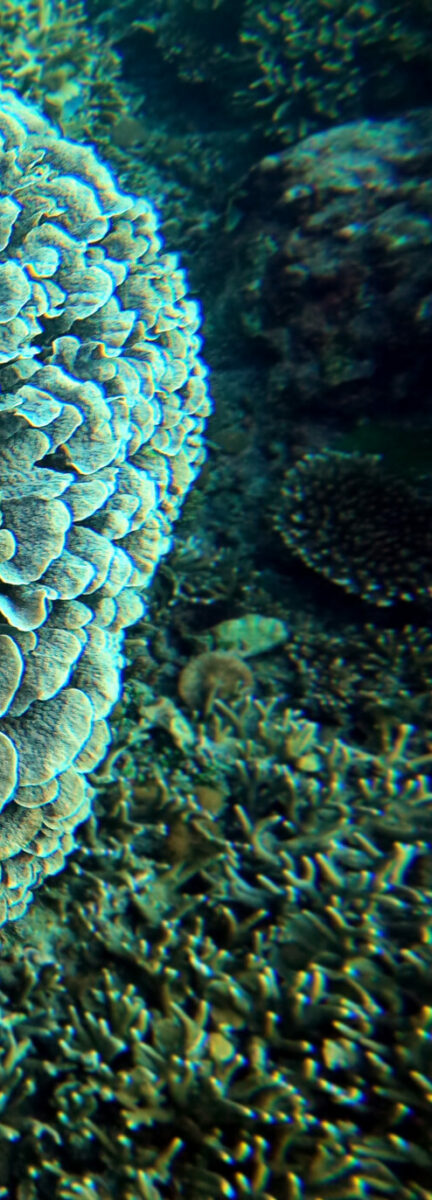

By Dominica Paula Jeronimo Guterres
Technical Staff of GDFAMR
Ministry of Agriculture and Fisheries Timor-Leste
It was late at night, and my mind was racing. I couldn’t stop wondering about what to expect on my upcoming adventure. Existing research on the Manufahi waters is very limited, but one thing is known about Betano: the area is home to saltwater crocodiles. The coastline is relatively flat with sandy beaches, coastal shrubs and some mangroves further to the east. It was from this mysterious landscape that I was about to begin my exploration voyage.
The Directorate General of Fisheries, Aquaculture and Marine Resources of the Ministry of Agriculture and Fishery (MAF) of Timor-Leste assigned me to join a team of marine biologist experts from the Coral Triangle Centre (CTC) for a marine rapid assessment in the coastal area of Betano Village in the southwest of Manufahi Municipality. This assessment forms part of wider ATSEA-2 efforts to collect biophysical and socio-economic baseline data for designing a new Marine Protected Area (MPA) in Manufahi Municipality (Betano-Klakuk).
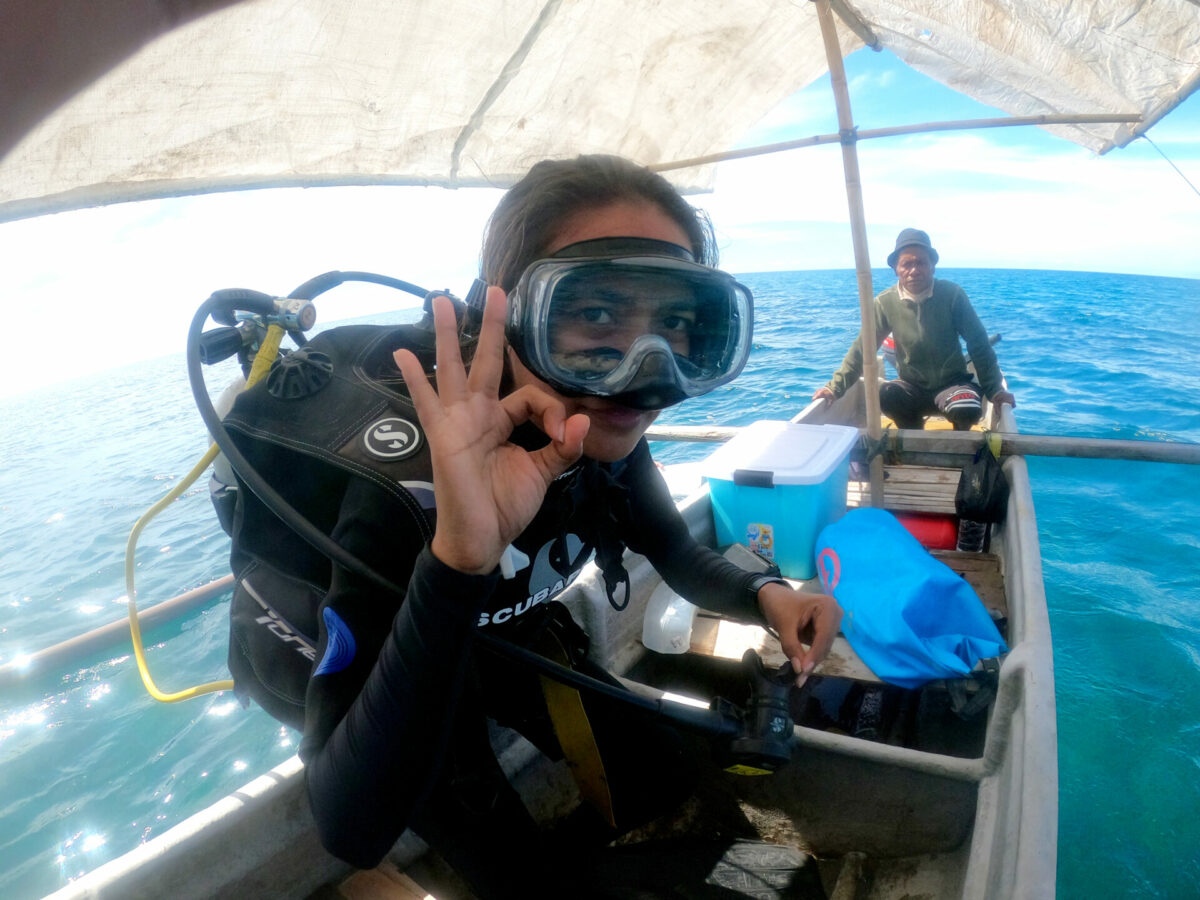
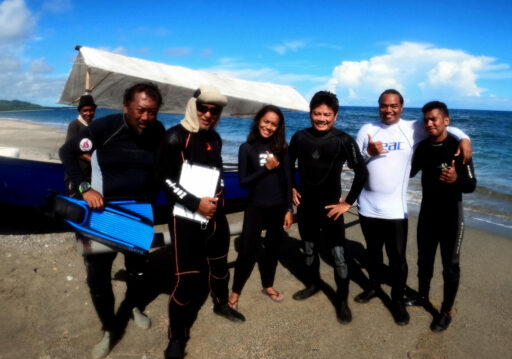
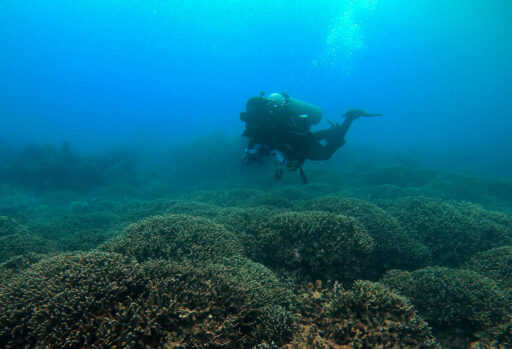
Dominica Paula Jeronimo Guterres, a fresh graduate from the Department of Marine Science of Udayana University, prepares to set off on a dive with a team of marine biologists from the Coral Triangle Centre (CTC). Photo credit: Marthen Welly/CTC for the ATSEA-2 Project
I was the only female diver to join the expedition with an Open Water Diving License from the Association of Diving School (ADS) International. As a fresh graduate from the Department of Marine Science of Udayana University, I found this opportunity too good to pass up. So early on the next day, 14 March, we set off to Betano Village from Dili. After six hours of road trip up and around the mountains, we finally reached the coast of Betano with its long sweeping black sand beaches and heavy waves.
The sea on the south coast is famous for its fierce waves and very strong underwater current. Therefore, before we started the underwater exploration to collect data, the local community performed a traditional ritual to ask for our safety. I was deeply impressed with how the local community cultivates a sacred appreciation of nature. It somehow helped me to consciously make a connection with the sea.
The data collection process was carried out by diving at seven points and at two depths, of three and 10 metres, along the coast of Betano for a total of three days. The rough seas took a toll on both my physical and mental health; on the second day, I was hanging over the side of the boat before diving, seasick.
Nevertheless, the work must continue. Diving deeper into the bottom of the sea, I was mesmerised by the dense, strong and healthy corals. I felt like I was gliding through a beautiful underwater garden as I carefully laid the transect tape. I soon found myself surrounded by a school of humphead parrotfish as they munched their way through the reef, which was a breath-taking experience.
As I was busy maintaining my buoyancy, stretching the measuring tapes and fighting against the strong currents, I suddenly noticed a reef trench that appeared to be crocodile pathway. I was captivated by the view, since this was my first time seeing such a trench. At the same, I was wary of any crocodiles lurking in the shadows.
Overall, the feeling when we completed the marine rapid assessment was one of pure exhilaration. The fact that these dives are scientific and will be instrumental in the design of a new MPA in Betano-Klakuk area is a major reason why I’m glad to be involved. The experience of participating in this project is etched in my memory and I will always cherish it.

“I was mesmerised by the dense, strong and healthy corals”
A reef trench, which acts as a pathway for saltwater crocodiles.
Photo by: Marthen Welly/CTC for the ATSEA-2 Project
